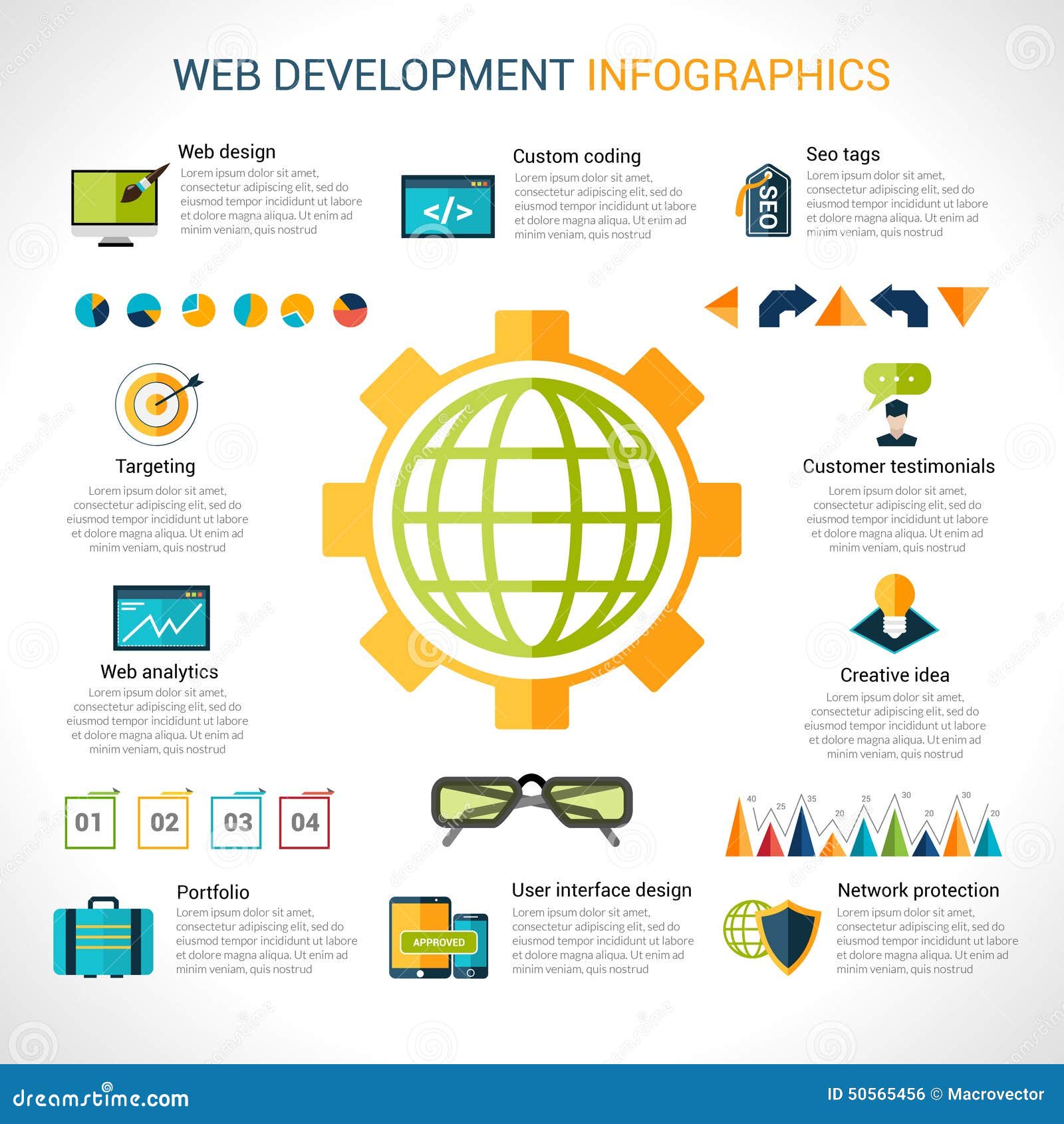The Growth Of Web Site Style: From Earlier Times To Now
The Growth Of Web Site Style: From Earlier Times To Now
Blog Article
Content Author-Kinney Bojesen
In the past, web sites were basic and focused on information. Navigation was straight, and design was for desktop computers. Now, user experience is essential. Information overviews designs for easy navigation. Receptive formats suit different gadgets. Today, dark mode decreases stress, and minimalist menus improve navigating. Interactive attributes involve customers, and bold visuals stick out. AI integration enhances interaction. See just how style has developed to improve your on-line journey.
Very Early Days of Website Design
In the early days of website design, simplicity reigned supreme. Internet sites were fundamental, with minimal colors, font styles, and designs. The emphasis got on offering details instead of flashy visuals. Customers accessed the internet with slow dial-up connections, so speed and performance were essential.
Navigation food selections were straightforward, generally located at the top or side of the web page. Internet sites were made for home computer, as mobile browsing wasn't yet common. Material was king, and developers prioritized very easy readability over complex design aspects.
HTML was the primary coding language utilized, and designers needed to work within its restraints. Animations and interactive functions were marginal contrasted to today's criteria. Internet sites were fixed, with little dynamic web content or individualized individual experiences.
Surge of User-Focused Design
With the advancement of website design, a change in the direction of user-focused style principles has actually ended up being significantly noticeable. Today, creating websites that focus on individual experience is essential for involving site visitors and attaining service goals. User-focused layout entails recognizing the demands, preferences, and behaviors of your target audience to tailor the web site's layout, web content, and features as necessary.
Developers currently perform extensive study, such as user studies and usability testing, to collect understandings and feedback directly from users. This data-driven approach helps in producing instinctive navigation, clear calls-to-action, and visually appealing user interfaces that reverberate with site visitors. By putting the customer at the facility of the layout process, web sites can provide a much more tailored and delightful experience.
Responsive design has also become a key aspect of user-focused layout, guaranteeing that sites are optimized for various tools and screen dimensions. This versatility enhances access and functionality, catering to the varied ways users engage with web sites today. In essence, the rise of user-focused style indicates a change towards producing electronic experiences that focus on the demands and expectations of completion individual.
Modern Trends in Web Design
Discover the latest trends shaping web design today. One popular trend is dark setting style, supplying a streamlined and contemporary look while lowering eye strain in low-light settings. Another crucial trend is minimalist navigation, simplifying menus and enhancing user experience by focusing on essential elements. Integrating micro-interactions, such as computer animated switches or scrolling results, can develop a much more appealing and interactive web site. Responsive design remains essential, ensuring smooth individual experiences throughout numerous tools. Furthermore, utilizing strong typography and unbalanced formats can include visual interest and accentuate specific material.
Incorporating AI modern technology, like chatbots for customer support or individualized referrals, enhances customer engagement and enhances processes. Accessibility has likewise become a considerable fad, with designers prioritizing inclusive style methods to cater to varied customer demands. Welcoming sustainability by optimizing website efficiency for speed and effectiveness is an additional emerging pattern in website design. Collaborating with customer responses and information analytics to repeat and boost style continuously is vital for staying relevant in the ever-evolving electronic landscape. By embracing https://www.pharmatimes.com/magazine/2022/march_2022/marketing_strategy -day patterns, you can create a visually attractive, user-friendly web site that resonates with your target market.
Conclusion
As you assess the evolution of internet site layout from the very early days to currently, you can see how user-focused layout has actually ended up being the driving force behind modern patterns.
Accept the journey of change and adaptation in web design, always keeping the user experience at the forefront.
Tippingpointdigital
Remain current with the most recent trends and innovations, and never ever quit advancing your approach to create aesthetically magnificent and easy to use web sites.
Develop, adapt, and create - the future of website design remains in your hands.
